Do you like flowers and butterflies? Then you will love the Daniel Stowe Botanical Garden, located on 380 acres of rolling meadows, woodlands and lakefront property in Belmont, North Carolina.
This is a garden for all seasons, providing guests with a chance to reconnect with nature. Moreover, the breathtaking Visitor Pavilion welcomes visitors to 110 acres of spectacular gardens including a children’s garden, a conservatory dedicated to the display of tropical plants and orchids, a Dry Piedmont Prairie, annual and perennial displays, sparkling fountains, walking trails and more.
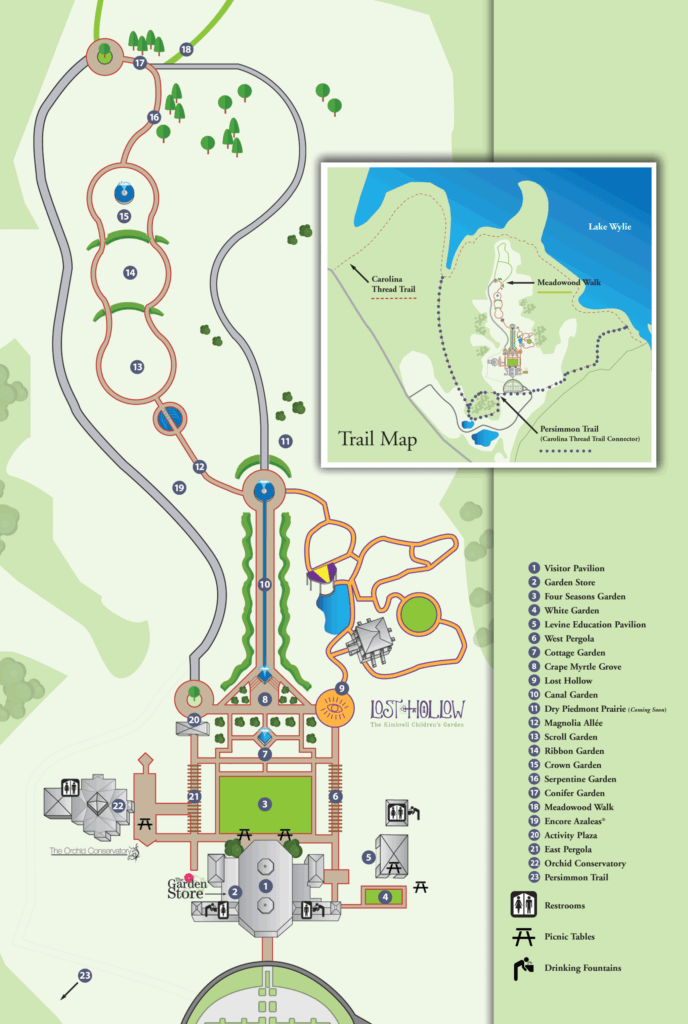
History of the Daniel Stowe Botanical Garden
In 1991, Daniel J. Stowe, a retired textile executive from Belmont, North Carolina, reserved 380 acres of prime rolling meadows, woodlands, and lakefront property. This established a foundation on which to develop a world-class botanical garden. Stowe was a lifelong nature lover and gardening enthusiast. Furthermore, he and his wife, Alene, envisioned a complex evolving over several decades to rival other internationally-renowned gardens.
Robert Lee Stowe Visitor Pavilion
The first thing we saw was the Robert Lee Stowe Visitor Pavilion. This stunning 13,500-square-foot structure certainly catches the eye. In addition, it has a breathtaking 100-year-old-stained glass dome. The pavilion opened in 1999 along with eight garden rooms and 12 exceptional fountains.
In 2008, The Orchid Conservatory opened, followed by the Lost Hollow: The Kimbrell Children’s Garden in 2014. Following that, in 2019, the Garden opened the Piedmont Prairie Garden in celebration of its 20th anniversary.
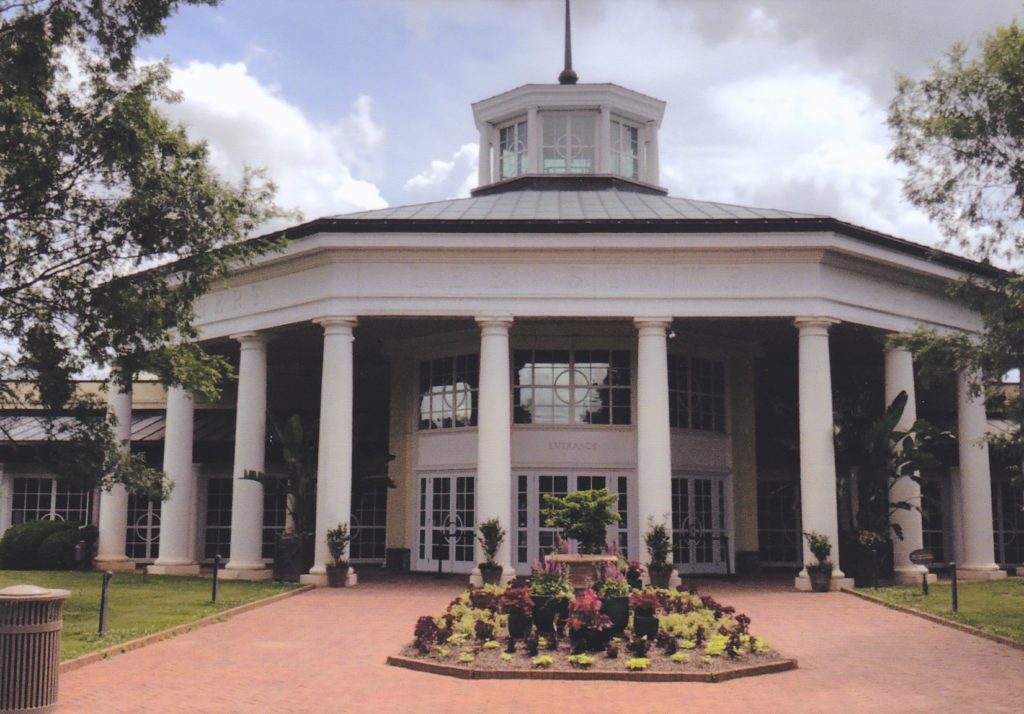
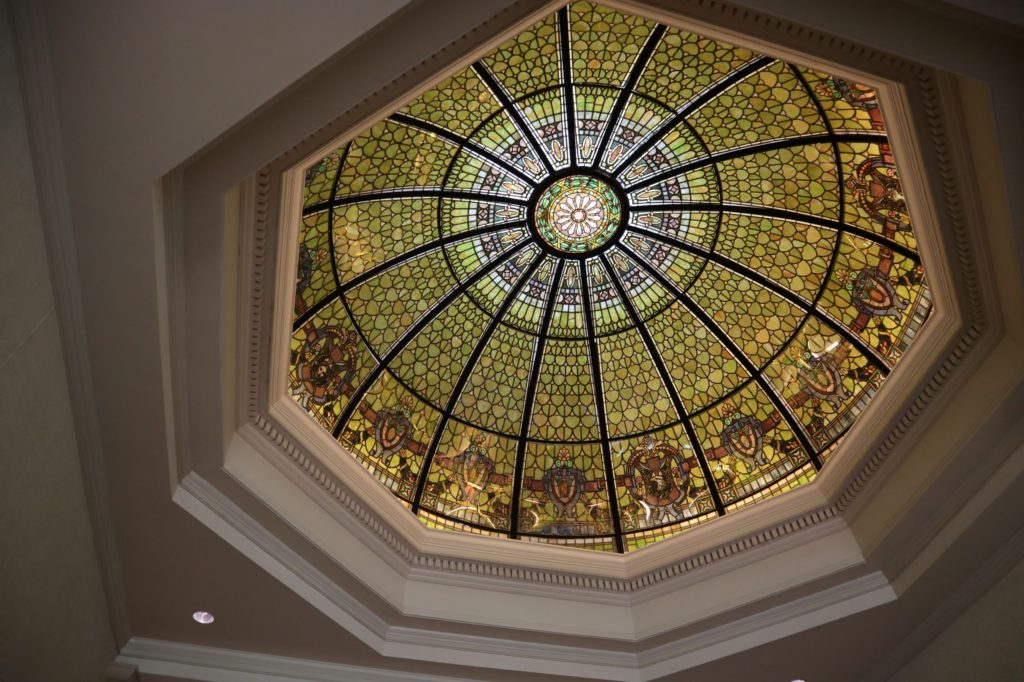
Canal Garden
The Ragan Canal Garden stretches 100 yards and features a water spectacle. Equally important are the ever-changing seasonal gardens that border the canal. In addition, there is a fountain at each end.
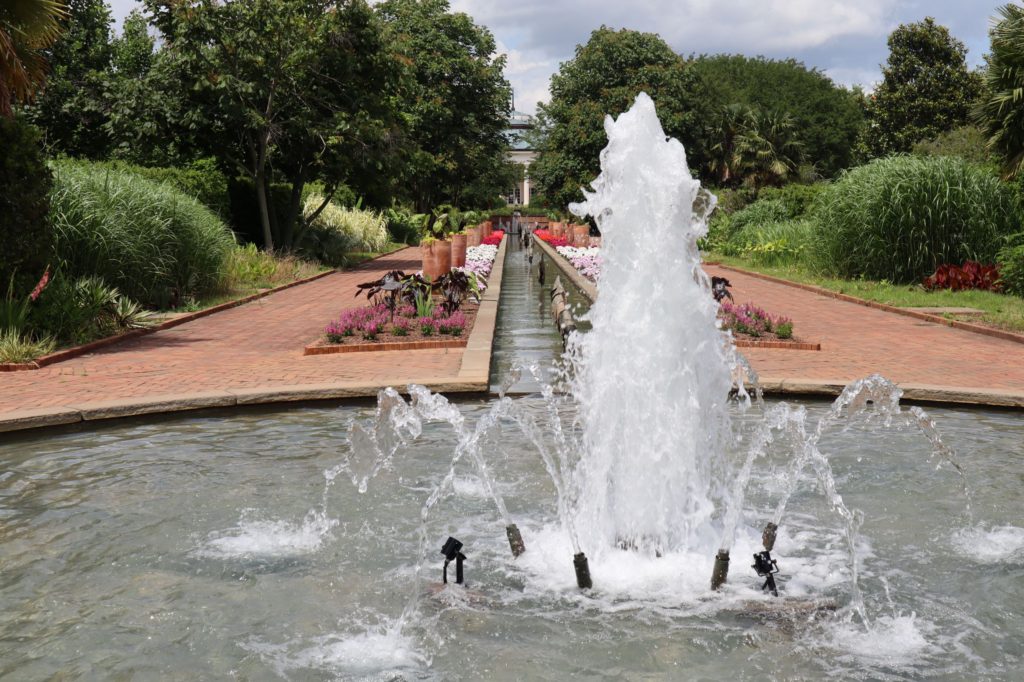
Butterfly Bungalow at Daniel Stowe Botanical Garden
The Butterfly Bungalow allowed us to experience butterflies up close and personal. Indeed, we saw eggs, caterpillars, butterflies and moths much like we would in their natural habitat.
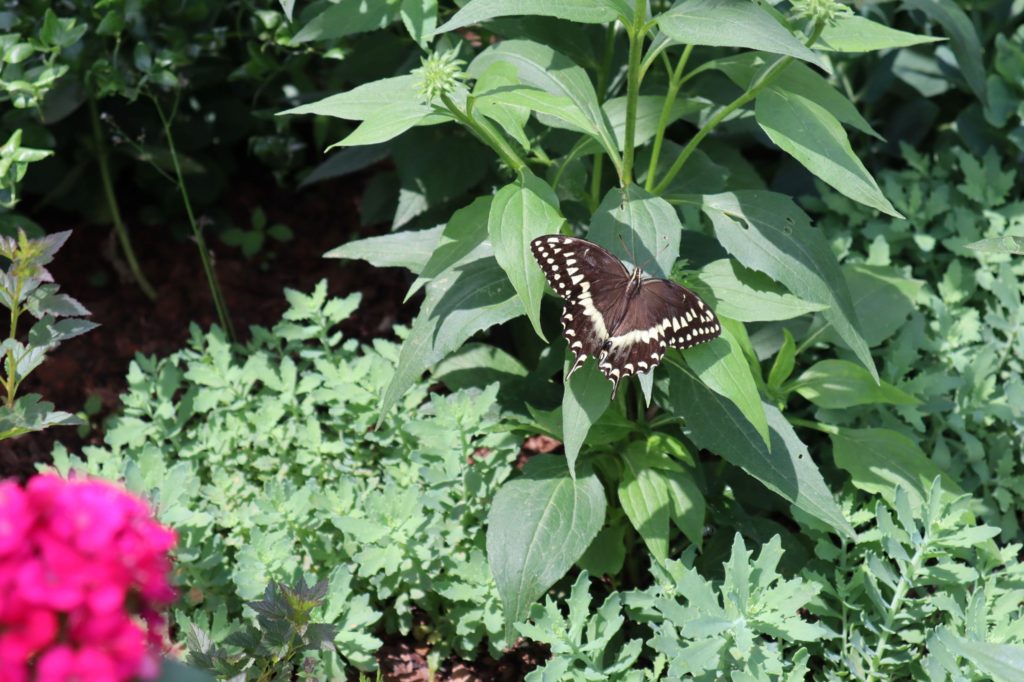
Butterfly Life Cycle
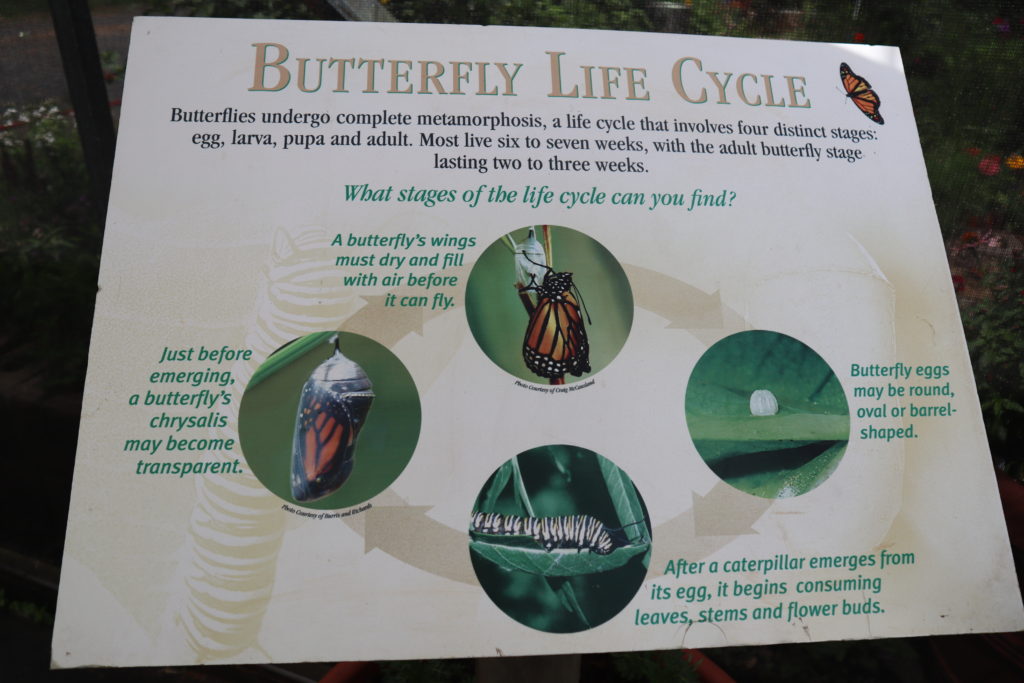
Butterfly Behavior
Butterflies are well-known for having many unusual behaviors. In this case, these behaviors do serve specific purposes.
Drumming: Prior to laying eggs, female butterflies tap, then scratch a leaf’s surface. Chemical receptors on her feet allow her to taste plant juices and determine if it is the correct host plant for caterpillars.
Puddling: Male butterflies often congregate around mud puddles or damp areas. As a result, they absorb sodium and other valuable nutrients needed for reproduction.
Basking: Butterflies can often be seen sitting or laying on rocks and wood surfaces that are in full sun. Butterflies are cold-blooded animals and need to warm their bodies before they are able to fly.
Butterflies were laying on the gravel path in the Habitat. Consequently, we had to step carefully around them.
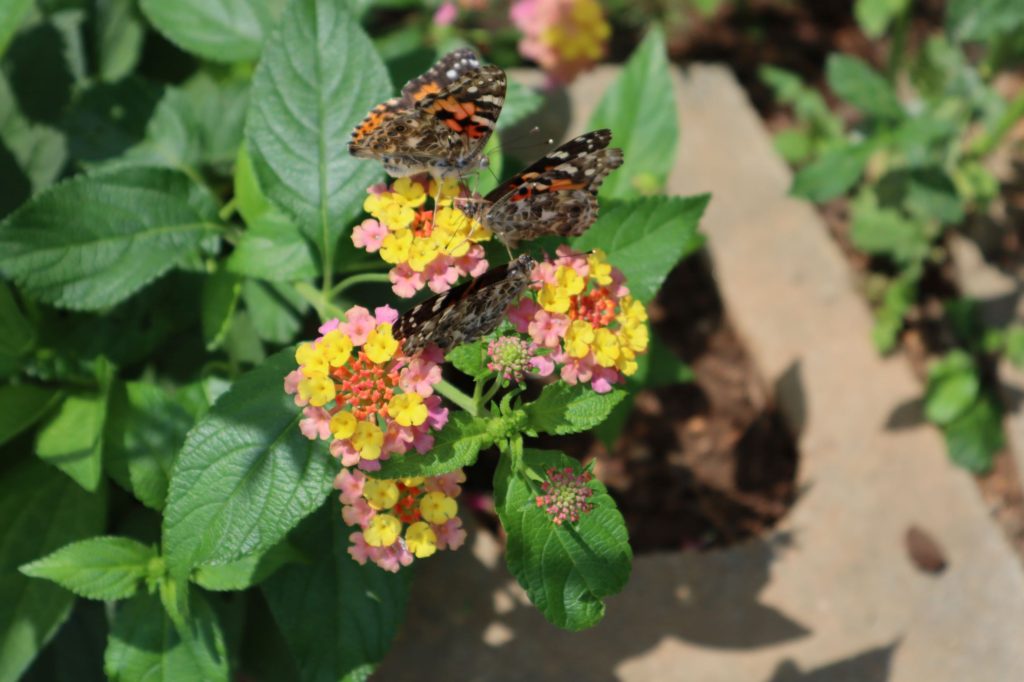
And Finally…
This is a lovely place for the entire family to visit. Now, enjoy this video of the Garden and Butterflies.

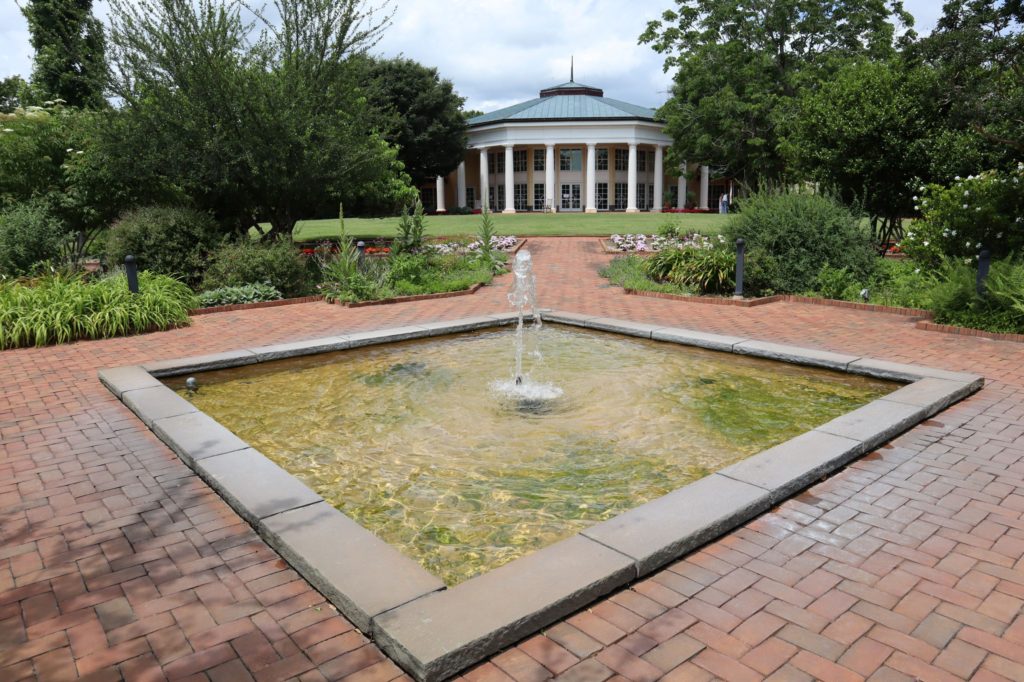
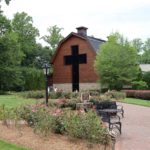
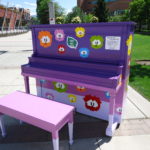
I love botanical gardens and butterfly habitats and this one looks amazing!!
The botanical garden reminds me a lot of the one we visited in Germany! Gorgeous architecture!
Beautiful pictures! Sounds like a fun garden and place to learn and explore.
Oh the butterflies would be just amazing for sure.
Enjoyed the article and comments – I love butterflies as well!
Love botanical gardens! This looks like a really nice one.
BTW, thought of you when I saw river cruise ships on the Rhine here in Germany yesterday.
So glad the Rhine riverboats are cruising again. I can’t wait to get on the American Empress the end of October to cruise the Columbia and Snake Rivers here in the US. Hope you are enjoying your stay in Germany!
Butterflies are such magical creatures.
So beautiful! I love visiting botanical gardens. I try to visit one in each city, if they have one.